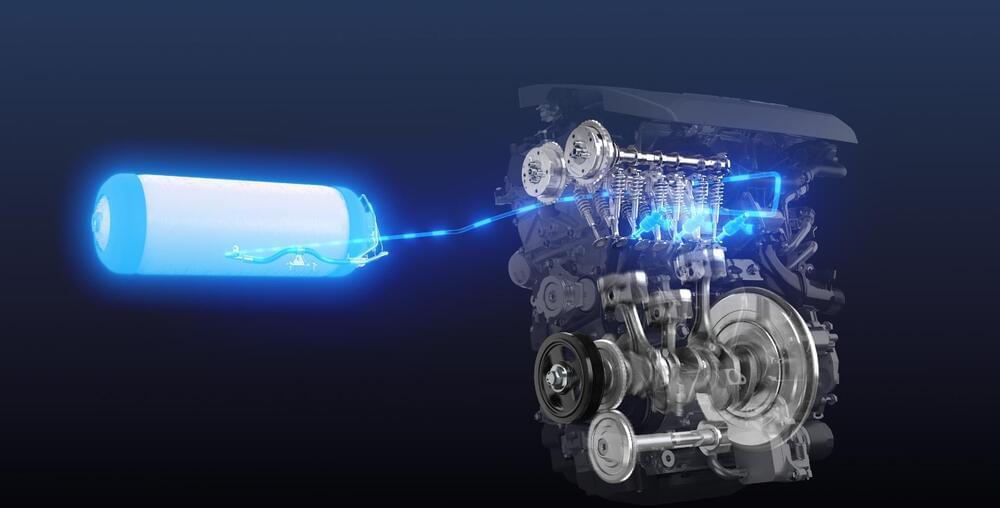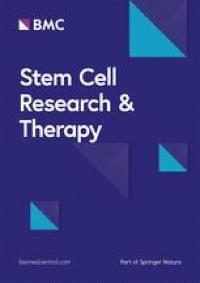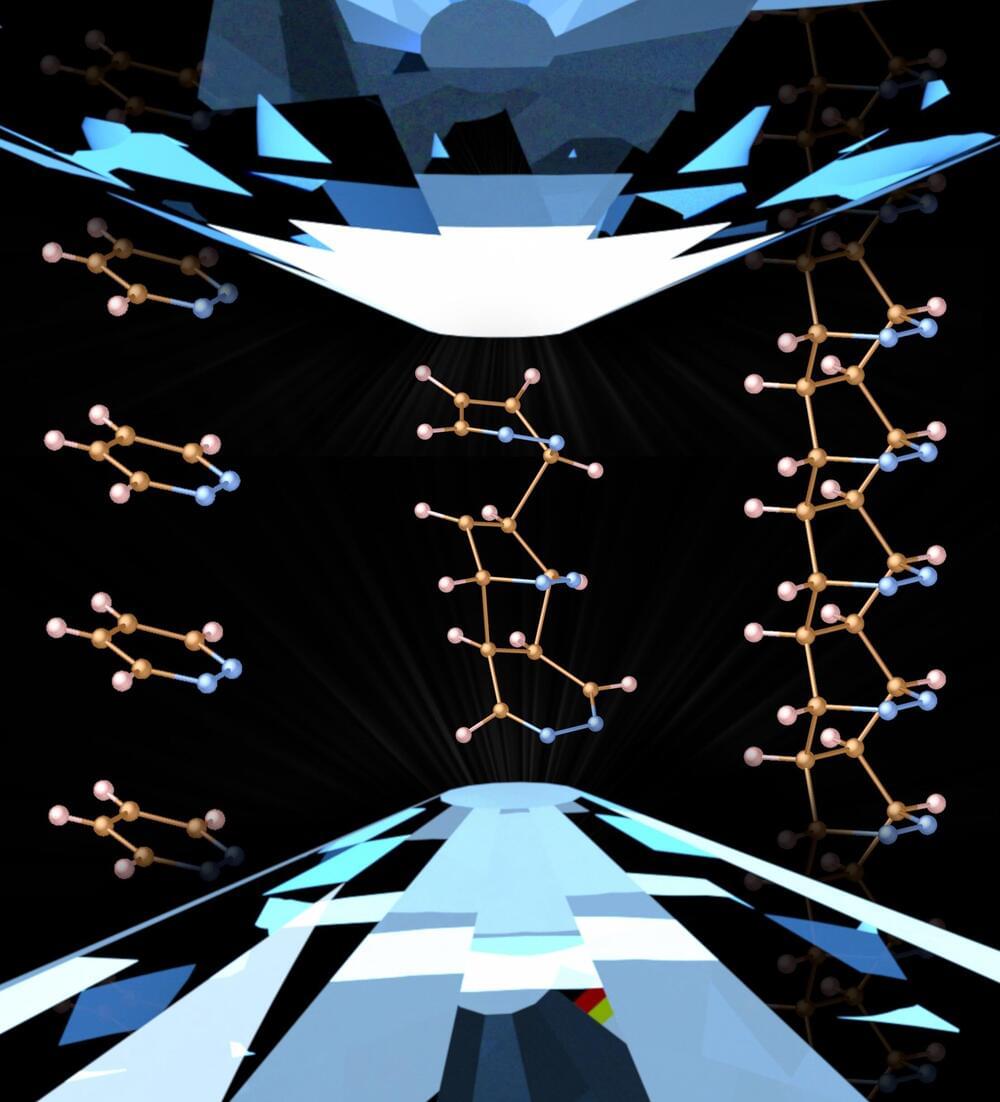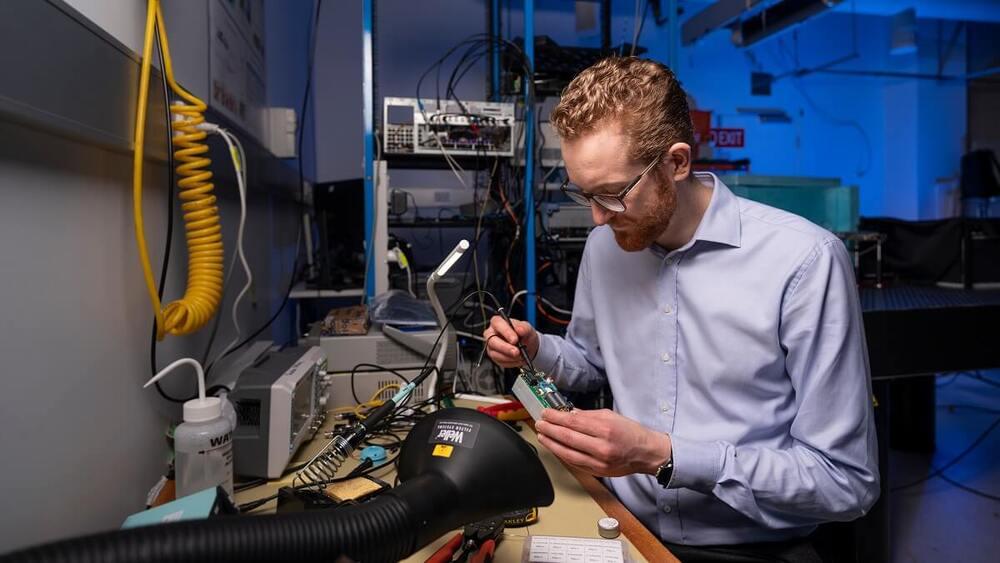Mar 3, 2022
Could hydrogen keep the internal-combustion engine alive?
Posted by Omuterema Akhahenda in category: transportation
Toyota is now testing another, much older solution involving hydrogen: burning the stuff directly in an internal-combustion engine.
The automaker last week unveiled a race car whose inline-3 engine is designed to run on pure hydrogen. The race car is still being tested but will enter a round of the 2021 Super Taikyu Series race series in Japan this May.
Continue reading “Could hydrogen keep the internal-combustion engine alive?” »

















